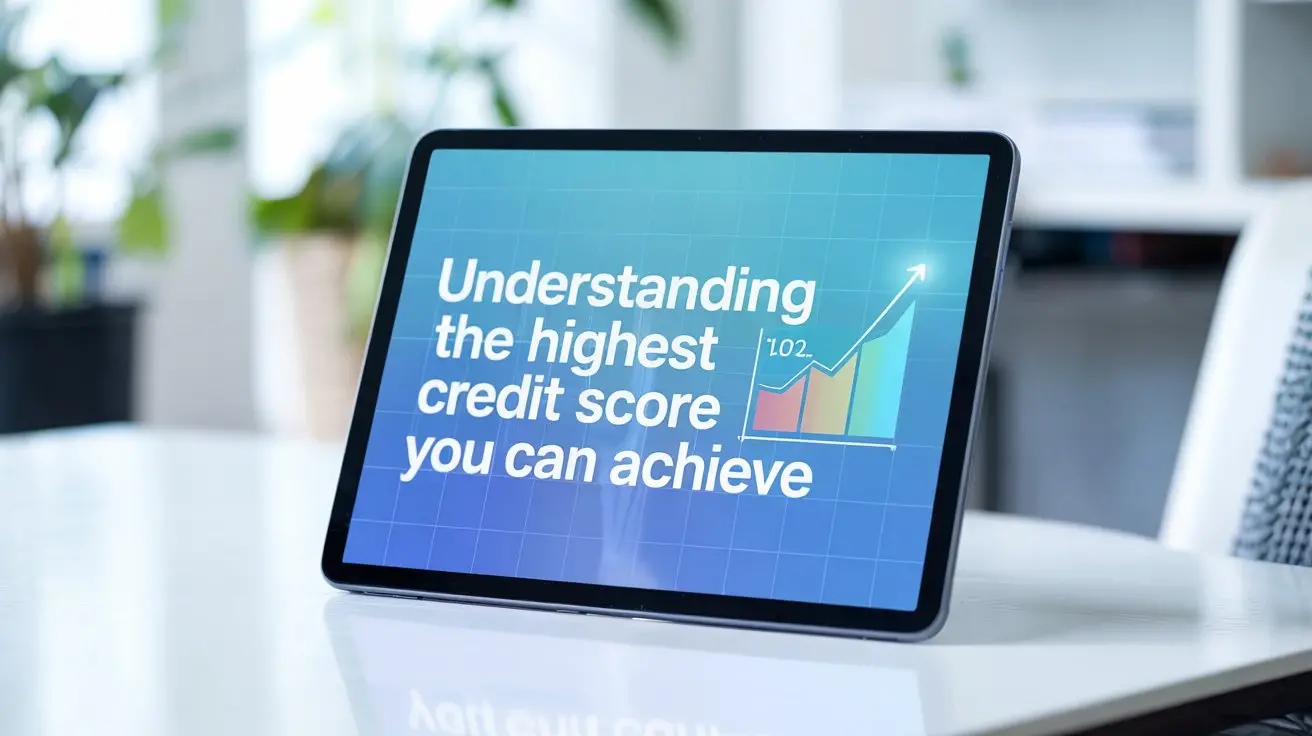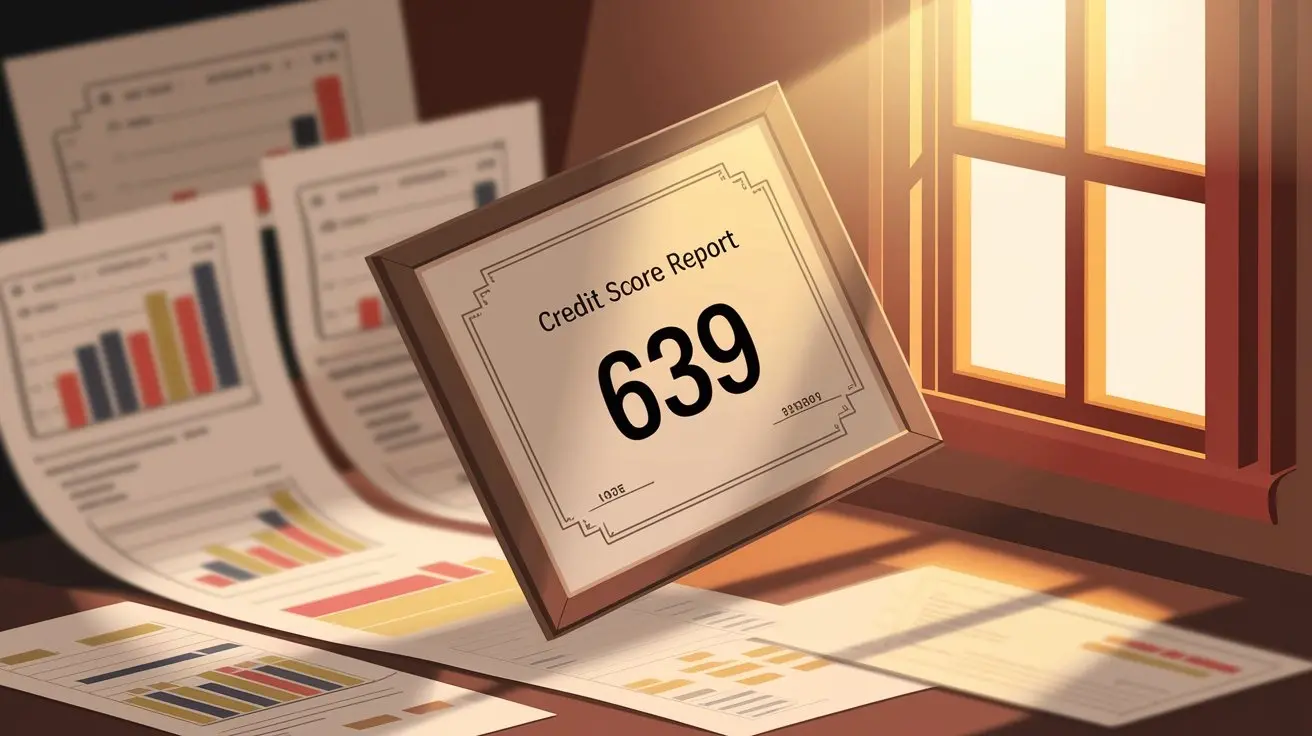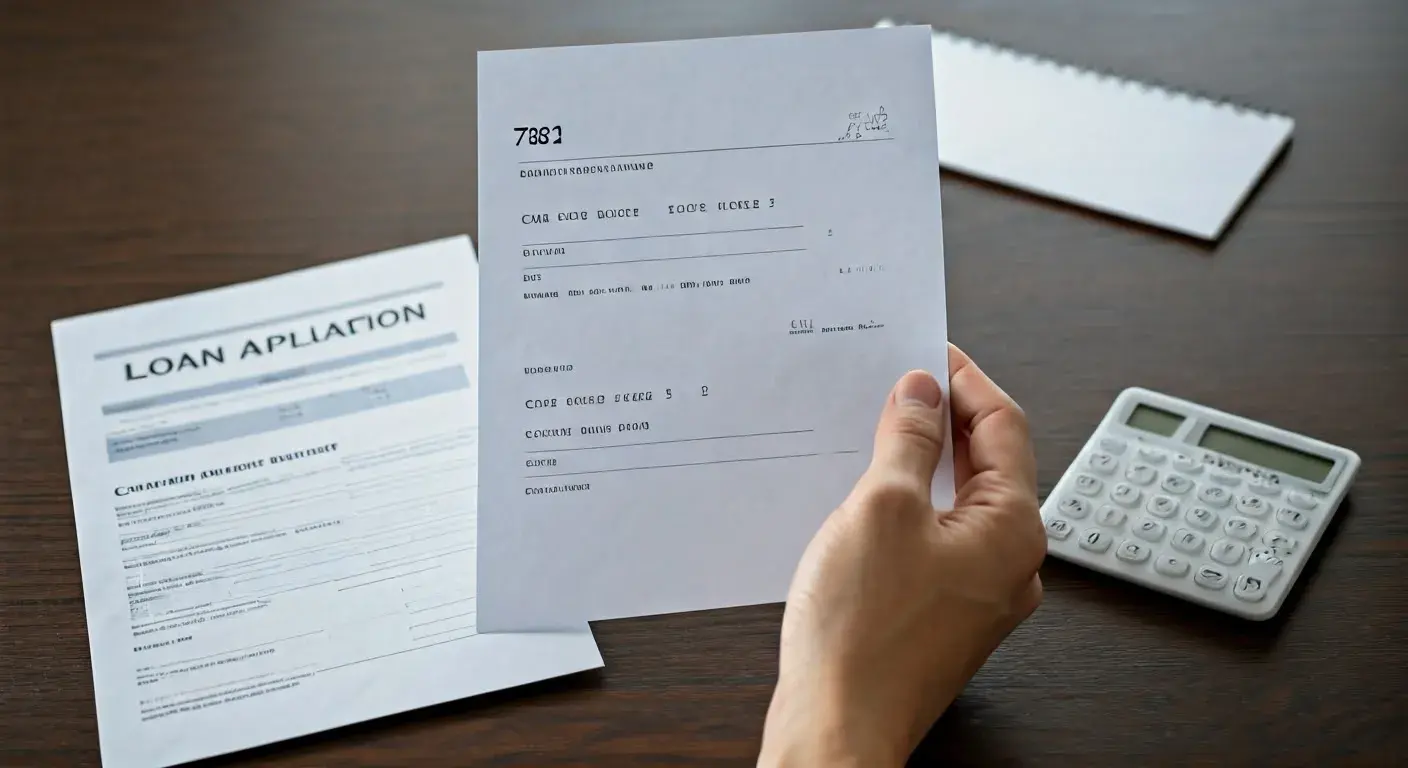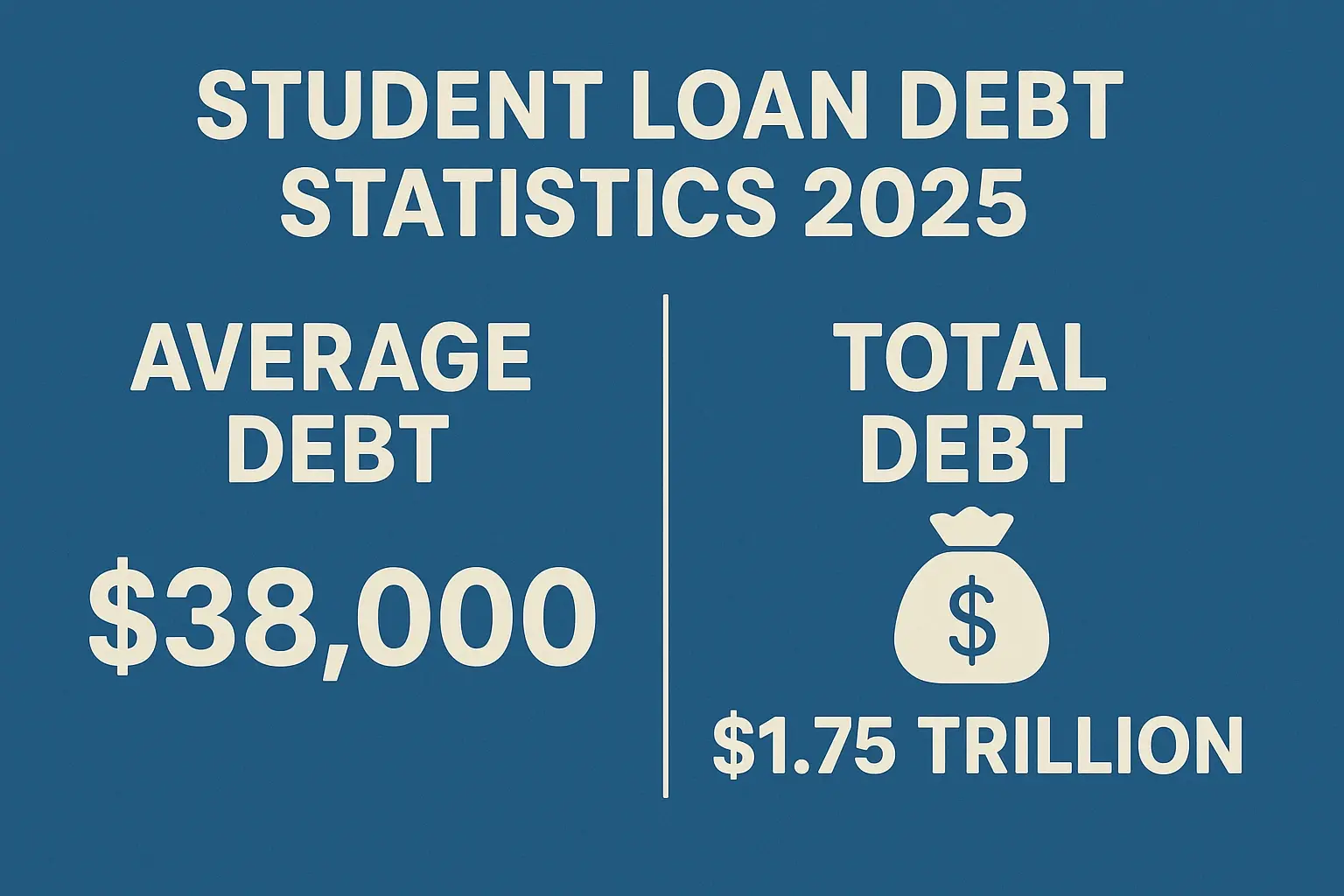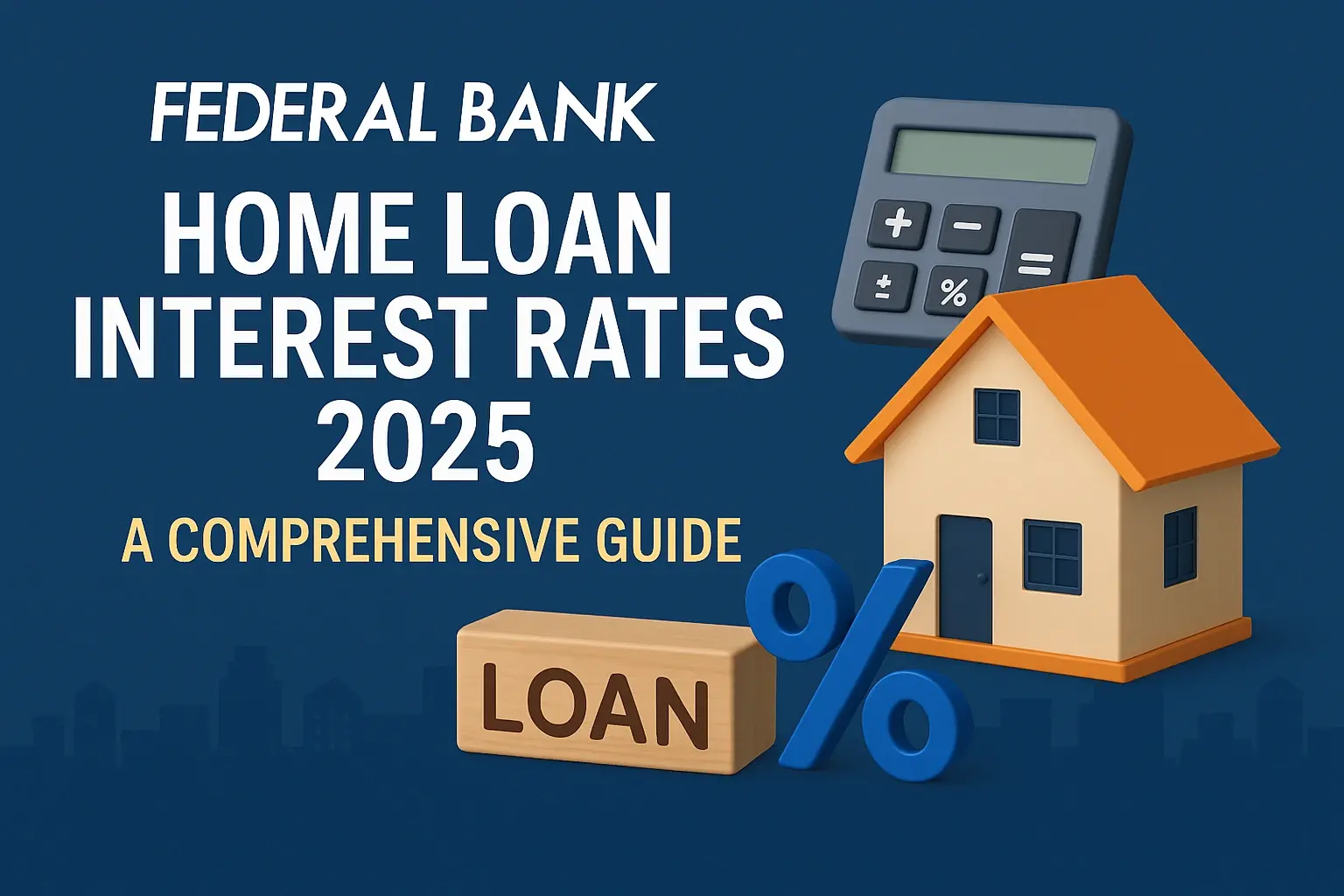-
Posted on: 17 Jul 2024
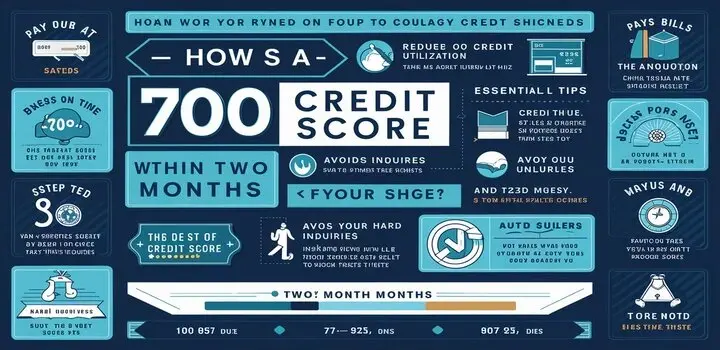
-
Achieving a 700 credit score is a significant milestone, opening doors to better interest rates on loans, credit cards, and other financial products. While it's ambitious to aim for a 700 credit score in just two months, it's not entirely impossible. The feasibility depends heavily on your current credit score, the reasons behind your low score, and your willingness to take immediate, decisive action. This guide will explore the strategies, tactics, and considerations involved in a rapid credit improvement plan. Remember, consistency and discipline are key.
Understanding the Credit Score Landscape
Before diving into specific strategies, it's crucial to understand the factors that influence your credit score. These factors, weighted differently by various credit scoring models (like FICO and VantageScore), determine your creditworthiness.
Key Factors Affecting Your Credit Score:
- Payment History (35%): This is the most significant factor. On-time payments are critical.
- Amounts Owed (30%): This includes credit utilization ratio (the amount of credit you're using compared to your total available credit) and overall debt.
- Length of Credit History (15%): A longer credit history generally results in a higher score.
- Credit Mix (10%): Having a mix of credit accounts (e.g., credit cards, loans) can positively impact your score.
- New Credit (10%): Opening multiple new accounts in a short period can lower your score.
The percentage weights shown above are based on the FICO scoring model, which is the most commonly used by lenders. VantageScore uses slightly different weights, but the factors themselves remain largely the same.
Is Achieving a 700 Credit Score in 2 Months Realistic?
The answer is: It depends. If you're starting with a score in the low 600s and have a few easily fixable issues, then reaching 700 in two months is more plausible. However, if your score is significantly lower (e.g., below 550) or you have major negative marks on your credit report (such as bankruptcy or significant delinquencies), then a two-month timeframe is highly unlikely. Realistic expectations are crucial to avoid discouragement.
Factors Influencing Feasibility:
- Starting Credit Score: The higher your initial score, the easier it is to reach 700.
- Nature of Negative Marks: Recent late payments are easier to address than charged-off accounts or bankruptcies.
- Credit Utilization: High credit utilization significantly hurts your score, but it can also be quickly improved.
- Credit Report Accuracy: Errors on your credit report can negatively impact your score and require time to dispute.
Strategies for Rapid Credit Improvement
Here's a breakdown of actionable strategies to potentially improve your credit score quickly. Remember, consistency is paramount, and results may vary.
1. Review Your Credit Reports for Errors
Start by obtaining your credit reports from all three major credit bureaus: Equifax, Experian, and TransUnion. You can get a free copy of each report annually at AnnualCreditReport.com.
Carefully scrutinize each report for inaccuracies, such as:
- Incorrect account balances
- Late payments that were actually made on time
- Accounts that don't belong to you (potentially indicating identity theft)
- Closed accounts listed as open
If you find any errors, dispute them immediately with the credit bureau. The Fair Credit Reporting Act (FCRA) requires credit bureaus to investigate and resolve disputes within 30 days (extendable to 45 days in some cases). Provide supporting documentation to strengthen your claim.
2. Reduce Your Credit Utilization Ratio
Your credit utilization ratio (the amount of credit you're using compared to your total available credit) is a major factor in your credit score. Aim to keep your utilization below 30%, and ideally below 10%. For example, if you have a credit card with a $1,000 limit, try to keep your balance below $300 (30% utilization) or even $100 (10% utilization).
Here's how to lower your credit utilization quickly:
- Make multiple payments throughout the month: Instead of waiting until your statement due date, make several smaller payments to keep your balance low.
- Pay down your balances aggressively: Prioritize paying off credit card debt, starting with the cards that have the highest interest rates (avalanche method) or the smallest balances (snowball method).
- Request a credit limit increase: Contact your credit card issuers and ask for a credit limit increase. A higher credit limit will lower your utilization ratio, even if you don't change your spending habits. However, be cautious – don't be tempted to spend more just because you have a higher limit. Ask for a soft inquiry credit limit increase if possible, to avoid dinging your credit with a hard inquiry.
3. Make All Payments On Time
Payment history is the most significant factor in your credit score. Even one late payment can negatively impact your score. Ensure you make all your payments on time, every time. Set up automatic payments to avoid missing due dates.
If you have a history of late payments, consider:
- Contacting creditors: If you have a good relationship with your creditors, explain your situation and ask if they would be willing to remove a late payment from your credit report. This is not guaranteed, but it's worth a try.
- Using credit monitoring services: Credit monitoring services can alert you to potential issues and help you stay on top of your payments.
4. Become an Authorized User
If you have a trusted friend or family member with a credit card account that has a long history of on-time payments and low utilization, ask if they would be willing to add you as an authorized user. Their positive credit history can be reported to your credit report, potentially boosting your score. However, be aware that their negative credit habits could also negatively impact your score.
Before becoming an authorized user, ensure:
- The account has a long history of on-time payments.
- The account has low credit utilization.
- The account is with a major credit card issuer that reports authorized user activity to all three credit bureaus.
5. Consider a Credit Builder Loan
A credit builder loan is a small loan designed to help people with limited or damaged credit history establish or rebuild their credit. The funds are usually held in a secured account, and you make fixed monthly payments. Once you've repaid the loan, you receive the funds, and your credit score may improve due to your consistent on-time payments.
When considering a credit builder loan:
- Shop around for the best terms and interest rates.
- Ensure the lender reports to all three credit bureaus.
- Make sure you can afford the monthly payments.
6. Avoid Opening New Credit Accounts
While a diverse credit mix can be beneficial in the long run, opening multiple new accounts in a short period can lower your score due to the hard inquiries and the reduced average age of your accounts. Focus on improving your existing credit accounts instead of opening new ones.
7. Dispute Collections Accounts
If you have collections accounts on your credit report, disputing them can be a strategy, even if the debt is valid. A valid dispute can be made if the collection agency cannot verify the debt according to FCRA regulations. Send a debt verification letter to the collection agency requesting proof of the debt, including the original creditor's name, the account number, the amount owed, and evidence that you are legally obligated to pay the debt.
If the collection agency cannot provide this information, they are legally obligated to remove the account from your credit report. Even if they do verify the debt, the process can sometimes buy you time.
8. Secured Credit Card
If you have limited or poor credit, a secured credit card can be a great way to rebuild your credit. You provide a security deposit (usually equal to your credit limit), which protects the lender if you fail to pay your bills. Use the card responsibly by making small purchases and paying them off in full and on time each month.
9. Be Patient and Persistent
Improving your credit score takes time and effort. Don't get discouraged if you don't see results immediately. Stay consistent with your efforts, monitor your credit reports regularly, and adjust your strategies as needed. The journey to a 700 credit score requires patience, persistence, and a commitment to responsible financial habits.
Important Considerations and Warnings
While aiming for a rapid credit improvement is understandable, avoid these common pitfalls:
- Credit Repair Scams: Be wary of companies that promise guaranteed credit repair or claim they can remove negative items from your credit report that are accurate and verifiable. These are often scams. You have the right to dispute errors on your credit report yourself for free.
- Overspending: Don't increase your spending just because you're trying to improve your credit score. Focus on paying down debt and using credit responsibly.
- Closing Old Accounts: Closing old credit card accounts can lower your credit utilization ratio and shorten your credit history, potentially hurting your score. Generally, it's best to keep old accounts open, even if you don't use them, as long as they don't have annual fees.
Monitoring Your Progress
Regularly monitoring your credit score and credit reports is essential to track your progress and identify any potential issues. Use free credit monitoring services offered by credit card issuers or third-party websites like Credit Karma, Credit Sesame, or Experian (free version). These services provide updates on your credit score and alerts to changes in your credit report.


